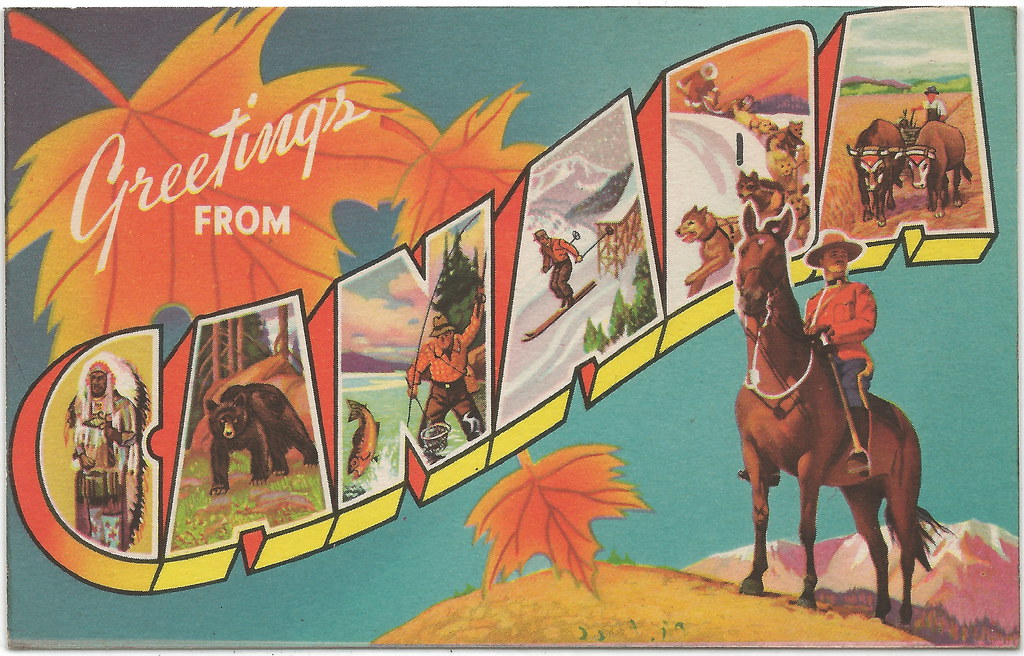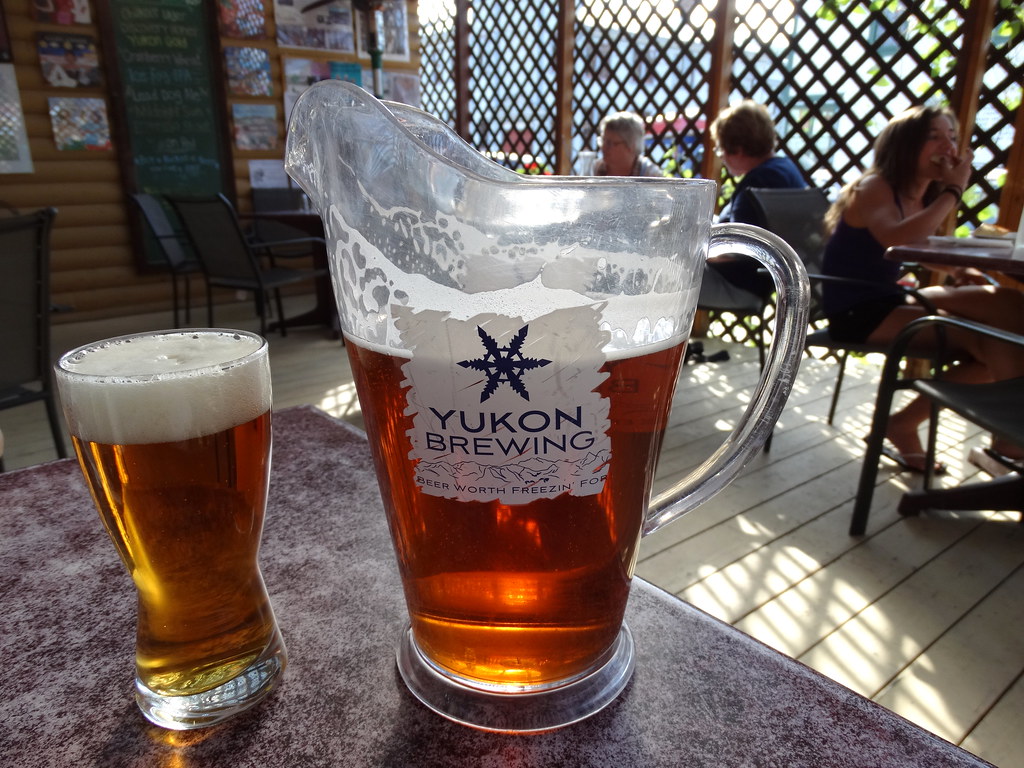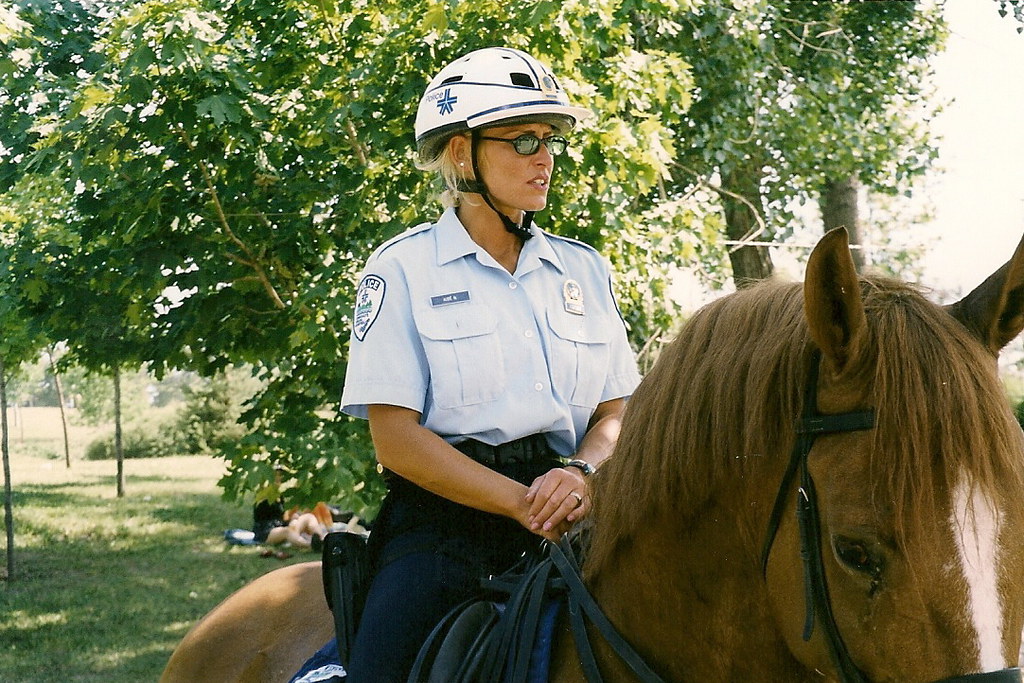Canada Drinking Age
Canada’s legal drinking age is defined as the minimum age a person is allowed to buy and consume alcohol. Regulations on minimum drinking age vary according to the province, which legislates its laws on alcohol consumption.
For example, it is 18 in Alberta but 19 in Ontario. Navigating the legal drinking age in Canada can be a bit confusing, especially for those who are new to the country. In this post, we will take a closer look at the legal drinking age in Canada, what it means for you, and what you need to know to avoid running afoul of the law. Whether you are a Canadian citizen, a student, or a tourist, this post will help you navigate Canada’s drinking laws with confidence.
Legal Drinking Age in Canada’s Provinces and Territories
- Alberta – 18 years old
- British Columbia – 19
- Manitoba – 18
- New Brunswick – 19
- Newfoundland and Labrador – 19
- Northwest Territories – 19
- Nova Scotia – 19
- Nunavut – 19
- Ontario – 19
- Prince Edward Island – 19
- Québec – 18
- Saskatchewan – 19
- Yukon Territory – 19
In comparison, France has a legal drinking age of 18, and so is Mexico and Greece.
Exceptions and Variations to the Legal drinking age
When it comes to the legal drinking age in Canada, there are some exceptions and variations that are important to understand. While the legal drinking age is generally 19 years old in most provinces and territories, there are a few exceptions to this rule.

In Alberta, Manitoba, and Quebec, the legal drinking age is 18 years old. This means that individuals who are 18 or older can legally purchase and consume alcohol in these provinces. It is worth noting, however, that some provinces may have additional restrictions or regulations in place, such as limitations on where alcohol can be consumed or specific rules for licensed establishments.
Furthermore, there are specific circumstances where minors may be allowed to consume alcohol under certain conditions. For example, in some provinces, minors may be permitted to consume alcohol when accompanied by a legal guardian or parent in a private residence or during religious or cultural events.
Important considerations for tourists and visitors
If you’re a tourist or visitor in Canada, it’s important to familiarize yourself with the legal drinking age regulations. The legal drinking age varies by province and territory, so it’s crucial to know the specific rules of the region you’re visiting.

In most provinces and territories, the legal drinking age is 19 years old. This includes popular destinations like Ontario, British Columbia, and Quebec. However, there are a few exceptions to this rule. In Alberta, Manitoba, and Quebec, the legal drinking age is 18 years old. It’s important to note that these age limits apply to all types of alcoholic beverages, including beer, wine, and spirits.
Carry identification with you at all times, especially if you plan to visit bars, clubs, or purchase alcohol from retailers. Canadian authorities are strict when it comes to enforcing age restrictions, and establishments may require proof of age before serving you.
Legal Consequences of underage drinking in Canada
The Canadian government acknowledges the significance of alcohol abuse and overconsumption as the cause of accidents (40% of car crashes is caused by alcohol) as studies have shown that teens have lower tolerance — and therefore have a higher risk of accidents or injuries — than adults.
After tobacco, alcohol is the substance that causes the most harm in Canada. The over-consumption of alcohol can cause chronic health conditions (such as some cancers and cirrhosis of the liver), diseases, and other medical conditions that impact the country’s healthcare system.

According to the Canadian Centre on Substance Abuse and Addiction, alcohol-related harm across Canada is around $14.6 billion annually.
- $7.1 billion for lost productivity owing to illness and premature death
- $3.3 billion for direct health care costs
- $3.1 billion for enforcement costs
Females have likewise lower tolerance to alcohol than men. This is because alcohol dissolves in water, and women have less water in their bodies than men. The individual’s weight also influences their tolerance level; the smaller the person is, the quicker their body will absorb the alcohol.
The Royal Canadian Mounted Police sets a gentle reminder on the possible consequences of driving under the influence.
If you drive under the influence of drugs or alcohol, you could end up:
- Injuring or killing yourself or someone else
- Losing your driver’s license
- Paying a fine
- Possible jail time
If you drink or possess alcohol if you are below the legal drinking age (see age restriction list above):
- Your alcohol being taken away
- Paying a fine
- Police notifying your parents/guardians of the situation
If you use a fake ID to buy alcohol or get into a bar:
- Your ID being taken away from you
- Paying a fine
- Being banned from that store/bar
- Getting the person who made/gave you the ID in trouble (ex: they can be fined)
If you buy alcohol for or serve alcohol to someone who is under the legal drinking age
- Paying a fine
- Possible jail time
- Police holding the individual (who provided the alcohol) responsible for any resulting issues (such as a car accident or alcohol poisoning)
What does a “drink” constitute? When we are invited to go for a drink to a local bar, it’s quite uncertain how much volume of alcohol we are going to consume. But for reference, here are sample serving sizes of popular drinks:
- Beer: 341 ml (12 oz.), 5% alcohol content
- Cider/ Cooler, 341 ml (12 oz.) 5% alcohol content
- Wine 142 ml (5 oz.), 12% alcohol content
- Distilled Alcohol (rye, gin, rum, etc.), 43 ml (1.5 oz.) 40% alcohol content
Know your limits.
Reduce your risk of injury and harm by drinking no more than 3 drinks (for women) or 4 drinks (for men) on any single occasion. Plan to drink in a safe environment. Stay within the weekly limits outlined below.
• 10 drinks a week for women, with no more than 2 drinks a day most days
• 15 drinks a week for men, with no more than 3 drinks a day most days
Plan non-drinking days every week to avoid developing a habit.
Do not drink when you are:
- Driving a vehicle or using machinery and tools
- Taking medicine or other drugs that interact
with alcohol - Doing any kind of dangerous physical activity
- Living with mental or physical health problems
- Living with alcohol dependence
- Pregnant or planning to be pregnant
- Responsible for the safety of others
- Making important decisions
Set limits for yourself and stick to them
- Drink slowly. Have no more than 2 drinks in any 3 hours.
- For every drink of alcohol, have one non-alcoholic drink.
- Eat before and while you are drinking
- Consider your age, body weight, and health problems that might suggest lower limits.
To deter alcohol abuse and over-consumption, the Canadian government has set controls on pricing levels of liquor as a proven, effective way of controlling the availability and consumption of alcohol and supporting a culture of moderation. Generally, higher prices translate into lower consumption and reduced alcohol-related harm, while lower prices lead to increased consumption and related harm.
But a more effective way of reducing alcohol abuse and addiction is personal vigilance. If you know someone is dealing with alcohol addiction (regular consumption or binge drinking) or drug-related issues, talk to them about it. Call the Kids Help Phone at 1-800-668-6868, where they can provide anonymous phone counseling.
Common myths and misconceptions about the legal drinking age
When it comes to the legal drinking age in Canada, there are several common myths and misconceptions that can often lead to confusion. It’s essential to have a clear understanding of the facts to ensure compliance with the law and avoid any legal repercussions.
One of the most prevalent misconceptions is that the legal drinking age is the same all across Canada. However, this is not the case. Each province and territory has the authority to set its own legal drinking age. For example, in Alberta, Manitoba, and Quebec, the legal drinking age is 18, while in the rest of the country, it is 19. It’s crucial to be aware of the specific regulations in your area to avoid any misunderstandings.

Another common myth is that minors can consume alcohol under certain circumstances, such as with parental consent or in a private residence. While there may be some exceptions or allowances for underage drinking in certain provinces or territories, it is generally illegal for individuals under the legal drinking age to consume alcohol, regardless of the setting or circumstances.
Some people believe that fake identification or using someone else’s ID is a viable option to bypass the legal drinking age restrictions. This is not only illegal but can also lead to serious consequences, including fines, suspension of driving privileges, and criminal charges. It’s important to remember that establishments serving alcohol are legally obligated to verify the age and identity of patrons, and using fraudulent means to obtain alcohol is both unethical and unlawful.
